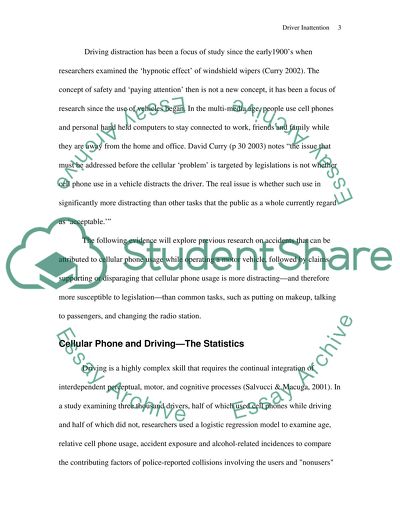Cite this document
(“Cellular Phone Usage while Driving Essay Example | Topics and Well Written Essays - 2250 words”, n.d.)
Cellular Phone Usage while Driving Essay Example | Topics and Well Written Essays - 2250 words. Retrieved from https://studentshare.org/miscellaneous/1504474-cellular-phone-usage-while-driving
Cellular Phone Usage while Driving Essay Example | Topics and Well Written Essays - 2250 words. Retrieved from https://studentshare.org/miscellaneous/1504474-cellular-phone-usage-while-driving
(Cellular Phone Usage While Driving Essay Example | Topics and Well Written Essays - 2250 Words)
Cellular Phone Usage While Driving Essay Example | Topics and Well Written Essays - 2250 Words. https://studentshare.org/miscellaneous/1504474-cellular-phone-usage-while-driving.
Cellular Phone Usage While Driving Essay Example | Topics and Well Written Essays - 2250 Words. https://studentshare.org/miscellaneous/1504474-cellular-phone-usage-while-driving.
“Cellular Phone Usage While Driving Essay Example | Topics and Well Written Essays - 2250 Words”, n.d. https://studentshare.org/miscellaneous/1504474-cellular-phone-usage-while-driving.


